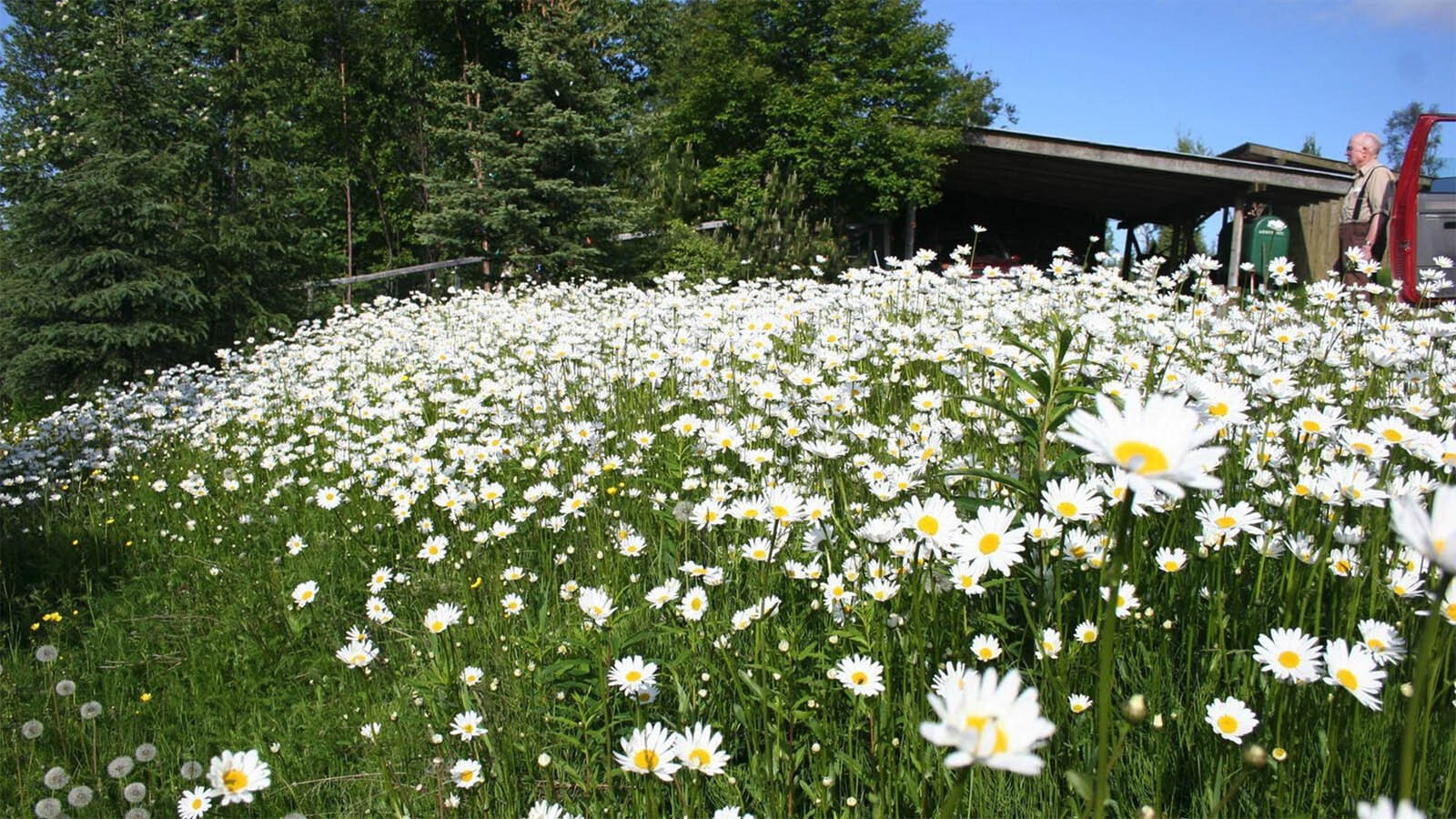In Wyoming, fences are used to keep range animals in or out of an area.
But according to Tony Mong, the Cody Regional Wildlife Biologist with the Wyoming Game and Fish Department, wild range animals, such as deer, elk, or antelope, can get caught up in fences – or worse, the fences cause the animals to run into a roadway.
As a result, the Game and Fish Department, along with other agencies, is looking at places where fences might be removed or replaced to help wildlife.
“Here recently we’ve had a lot of interest in movement of animals across the landscape,” Mong said. “So, part of that is looking at fencing and seeing if it’s hampering their abilities to move, or if it’s actually enhancing and helping.”
With the assistance of other agencies such as the Department of Transportation, the Game and Fish Department is replacing fencing that is dangerous to wildlife.
The most recent stretch of fencing that’s been replaced is near Wapiti, west of Cody on the highway to Yellowstone.
“This particular stretch of fence is what’s called sheep fence,” Mong said. “So, it’s woven wire, it’s very difficult for animals to get through it. And so, because there was no need for that fencing anymore, because they weren’t running sheep or things that could get out of the fence and get into the roadways, we’re able to look at it and say, you know, it would be better if it’s wildlife friendly.”
Mong says that the Wyoming Department of Transportation took the initiative to contact landowners and get the project going.
Cody Beers with WYDOT said the work began with fencing that already needed repair.
“We’ve put fencing in on the Meeteetse rim, and also out by Skull Creek east of Cody on (U.S. Highway) 14-16-20,” Beers said, “and now we’re working in this area.”
Beers added that the project – which is being paid for with federal highway funds – isn’t limited just to the Cody area.
“And that’s something we’ve been working with Game and Fish, all across the state,” he explained.
Beers said much of the effort statewide is focusing on the removal of woven wire.
“Wyoming does not run as many domestic sheep as it used to,” he said. “This gives us an opportunity where, when we go in and replace fences, to have the dialog with private landowners and say ‘Hey, we’d like to come back with this fence type that’s more friendly toward pronghorn, toward mule deer and toward elk and other species of wildlife.’”
As landowners allow the change to be made, the agencies can install more wildlife-friendly fencing, he said.
“Where we can, we’re making those improvements to benefit wildlife passage,” he said. “So when we can make that passage more natural, we’re in better shape and that’s something that all of us in Wyoming want. We want healthy wildlife populations.”
Mong said because the wildlife fencing issue have become more prominent, landowners, wildlife organizations and agencies organized what they call the Absaroka Fence Initiative, which will allow them to share resources to to help keep wildlife – and motorists – safer.





